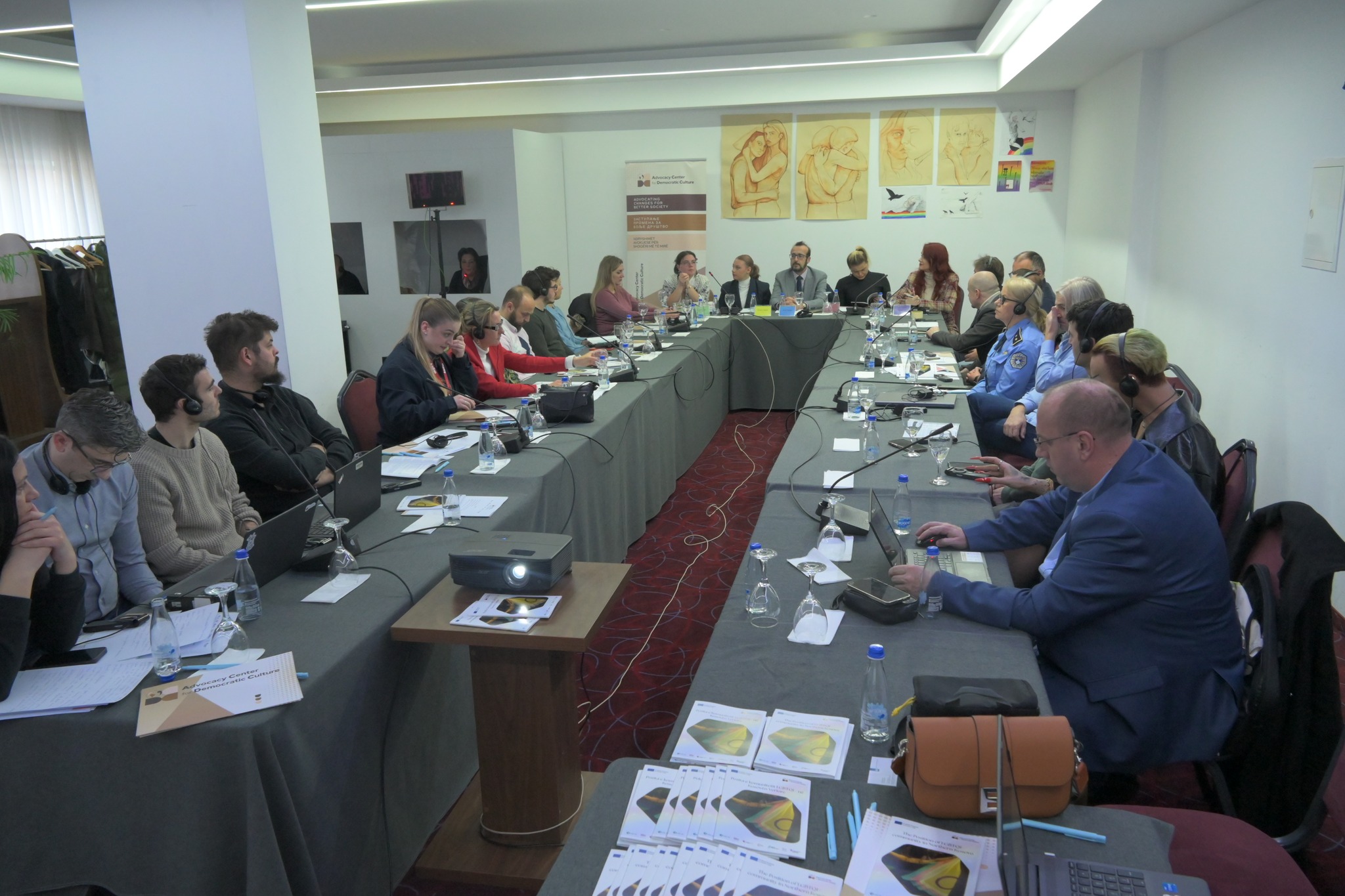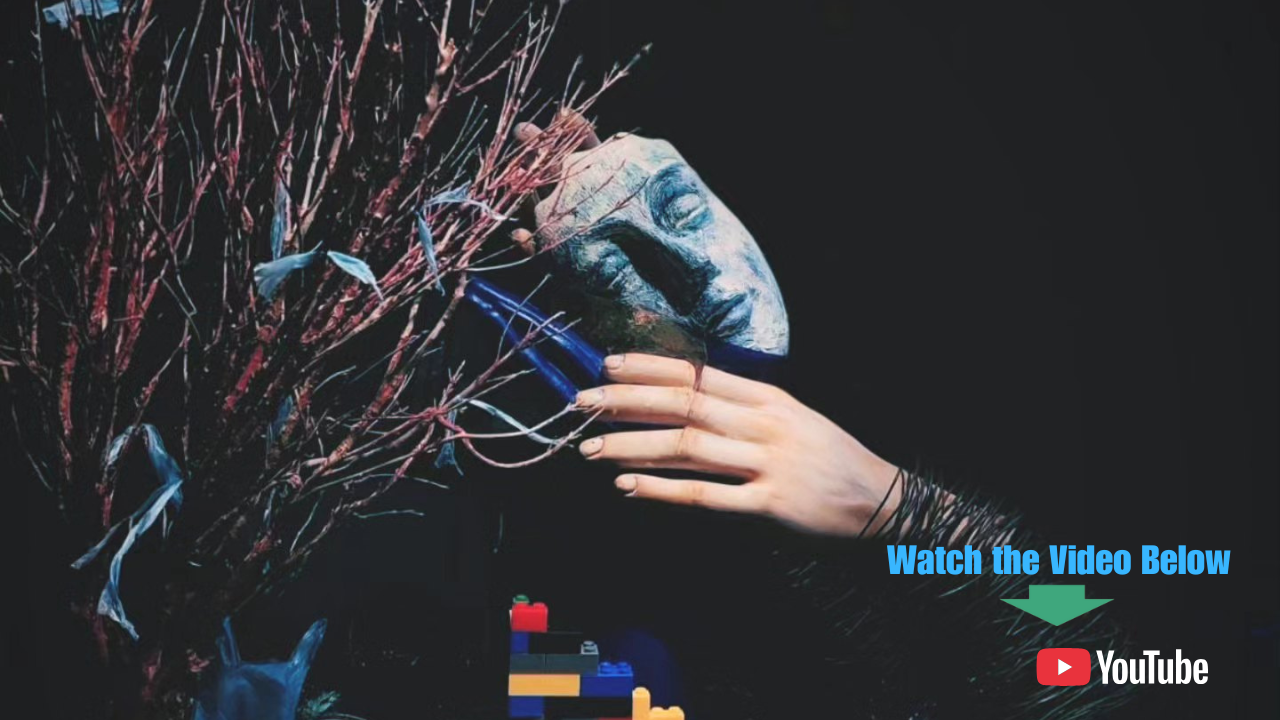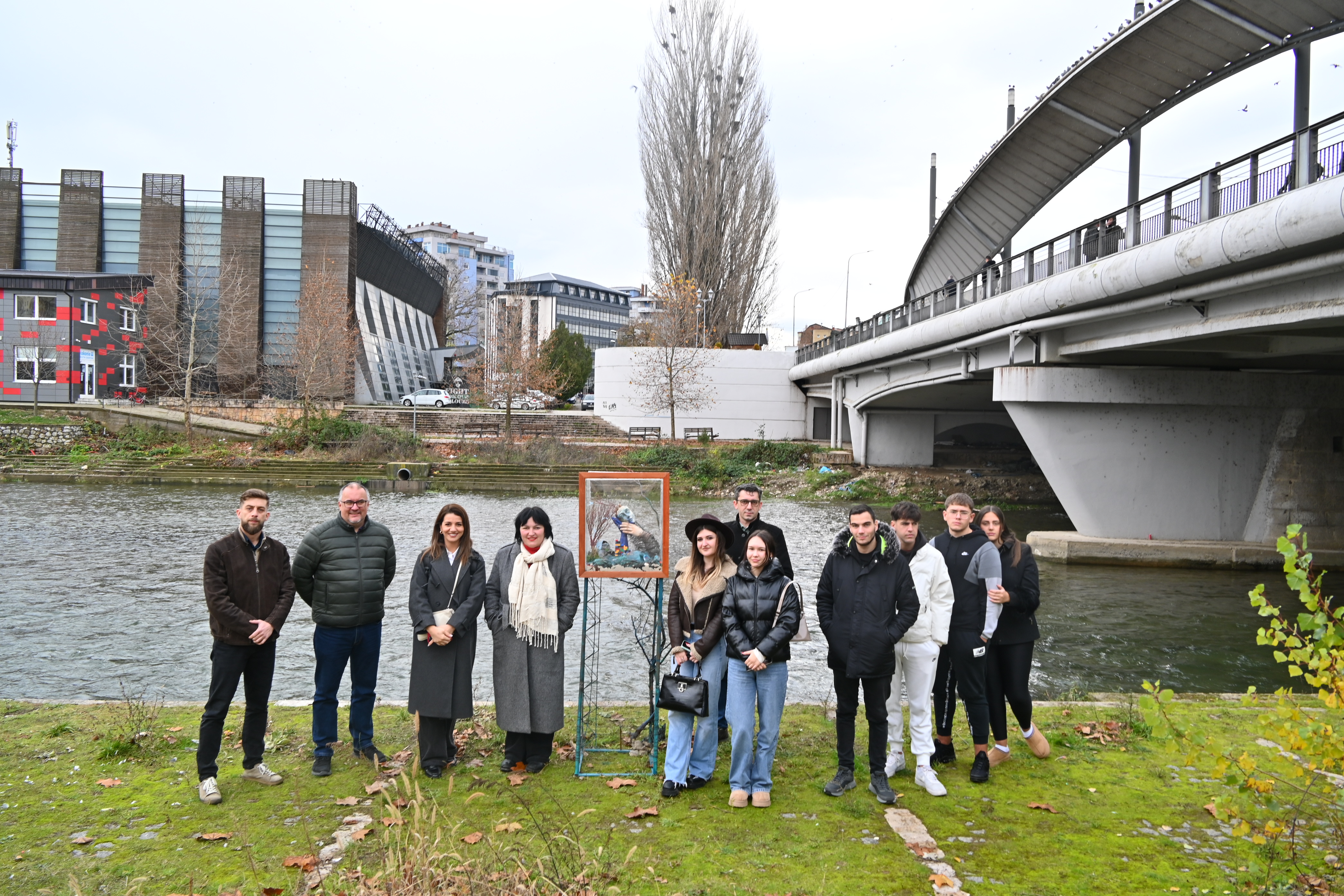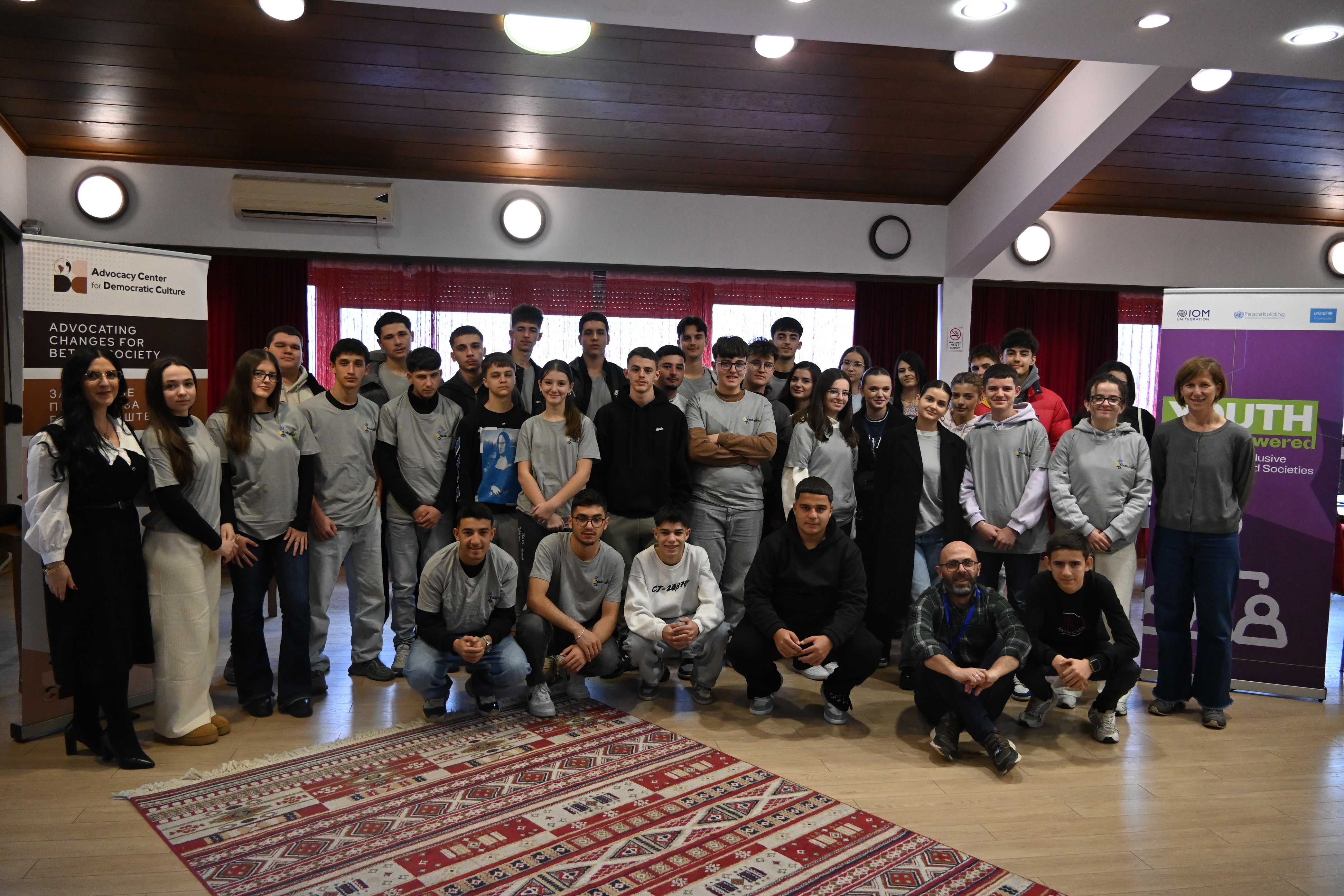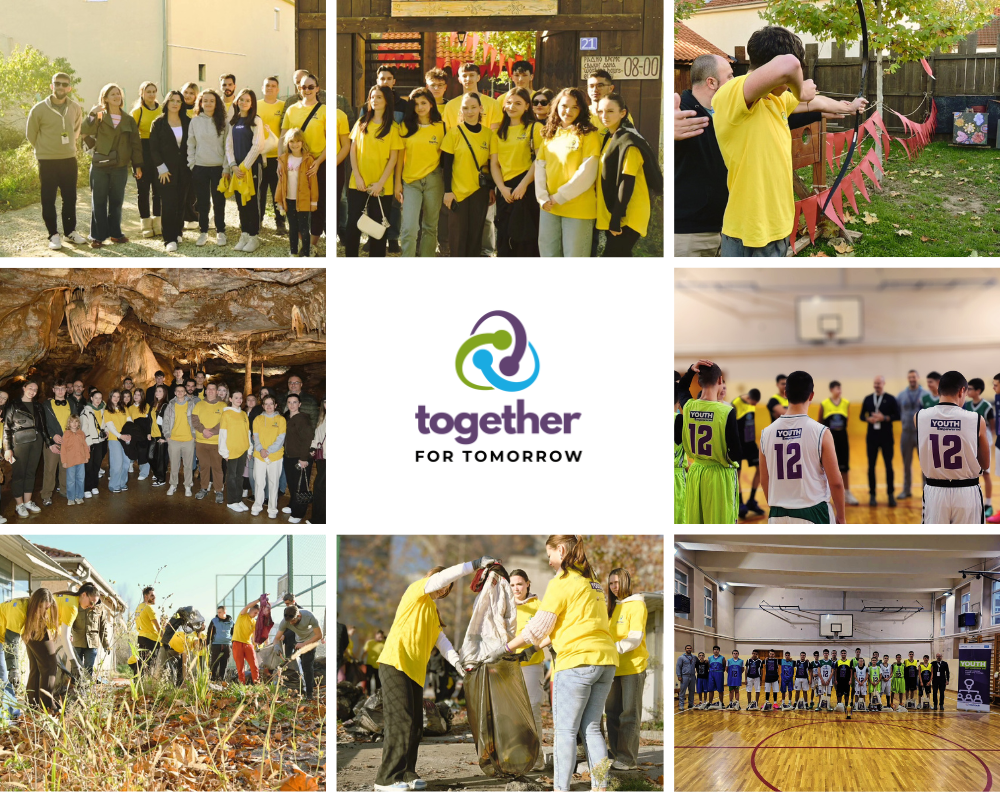27.03.2025. » 14:41
Culture as a Bridge of Reconciliation
In today’s world, where misunderstandings often arise from a lack of knowledge and understanding of different cultures, intercultural cooperation among youth becomes a key driver of positive change. Through sharing experiences, collaborative work, and cultural activities such as art, music, film, festivals, and workshops, young people develop deeper empathy, break down prejudices, and build lasting connections based on trust and mutual respect.
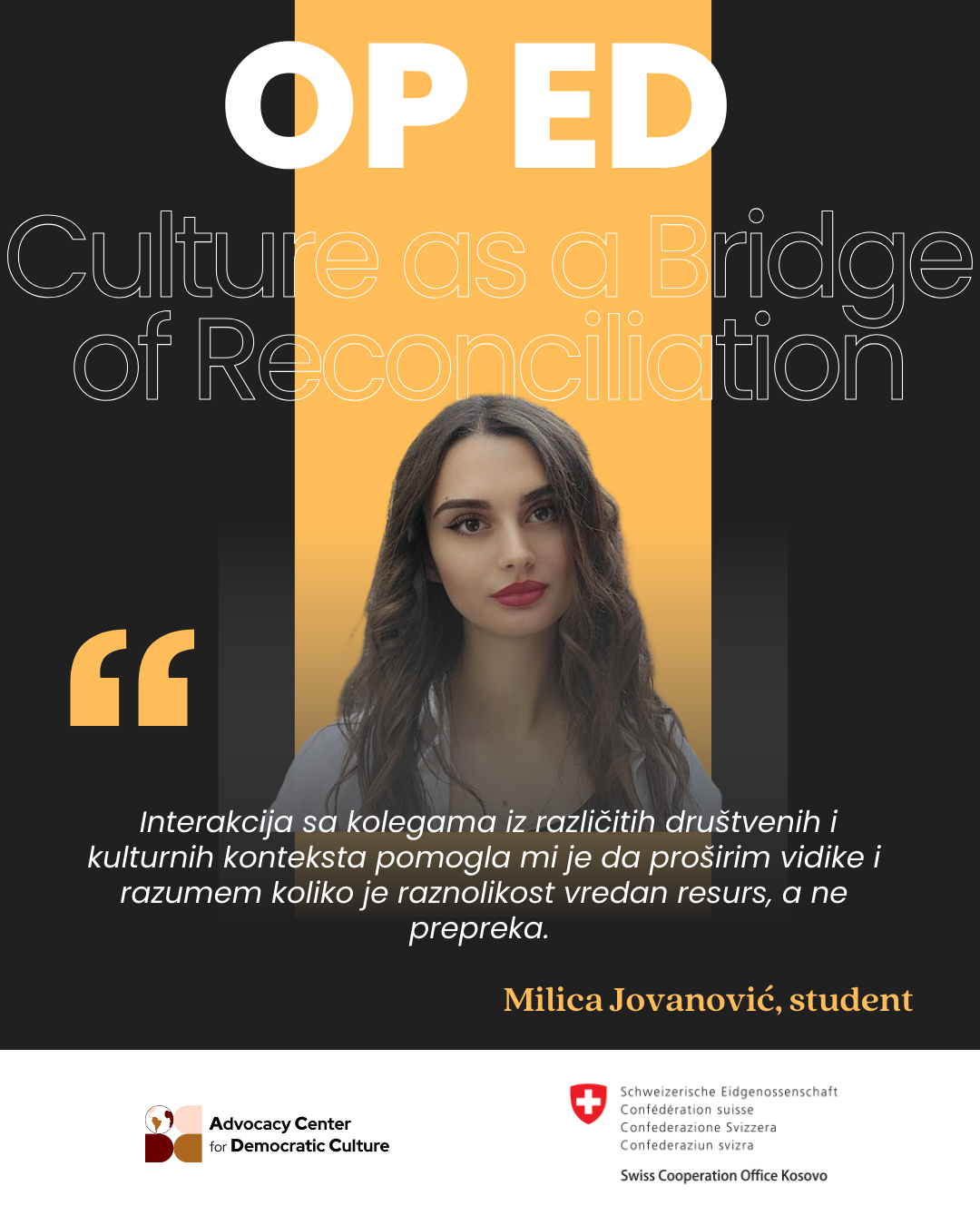
One of the most valuable experiences that shaped my worldview was an Erasmus exchange in Lithuania. Living in a student dormitory with people from various cultural backgrounds was much more than an educational opportunity — it became a school of tolerance, adaptation, and mutual understanding. Daily interactions, shared spaces, habits, and stories helped turn differences that once seemed significant into bridges that connected us. A particularly memorable moment was a shared dinner where each of us prepared traditional dishes from our home countries. More than just a meal, it was an act of exchanging identity, history, and memory. Through the smells and flavors of our homelands, and the stories that accompanied each recipe, we learned about one another in the most direct and human way. In those moments, I realized that culture and tradition are not just legacies we carry, but bridges that allow us to find a common language, even when we don’t speak the same words.
Furthermore, participating in the International Weeks program, where I worked with students from various countries on joint projects, was an extremely valuable experience. Working in a multicultural team was not only a chance for professional development but also a lesson in flexibility, adaptability, and respecting different perspectives. I realized that despite coming from different backgrounds, we all share similar aspirations — the need for acceptance, the desire for success, and hope for a better future.
A similar experience I had during my studies at IBCM, where I was part of a dynamic academic environment that encouraged intercultural dialogue and exchange of ideas. Interaction with peers from diverse social and cultural contexts helped me broaden my horizons and understand that diversity is a valuable resource, not a barrier. What stood out to me especially was the presence of professors from Albanian, Serbian, and other communities, which enriched the discussions and showed how cooperation can transcend ethnic and national boundaries.
Cultural activities play an irreplaceable role in the process of reconciliation and the building of a society based on inclusion and mutual respect. Music, as a universal language of emotion, transcends linguistic barriers and enables intuitive connection. Art, through paintings, sculptures, and performances, conveys messages that words often cannot. Film opens a window into the realities of other peoples, allowing us to see the world through their eyes, while festivals and workshops create space for direct interaction, where a sense of belonging and solidarity is built through shared experiences.
Intercultural cooperation among youth is not just an opportunity for professional and academic growth — it is a process that transforms the core of who we are. Through art, joint projects, and daily interaction, we learn to appreciate differences not as obstacles, but as sources of richness and inspiration. When we open ourselves to new experiences and genuinely care about others’ stories, we realize that borders exist only in our minds.
In a world often divided by misunderstandings and prejudice, every hand extended to another, every honest conversation, and every cultural exchange makes a difference. In those moments, we understand that regardless of origin, language, or tradition, we all share the same universal values — the need for love, understanding, and connection. And it is precisely in this realization that the key lies for a better, fairer, and more harmonious world.
Milica Jovanović, student
Latest news


